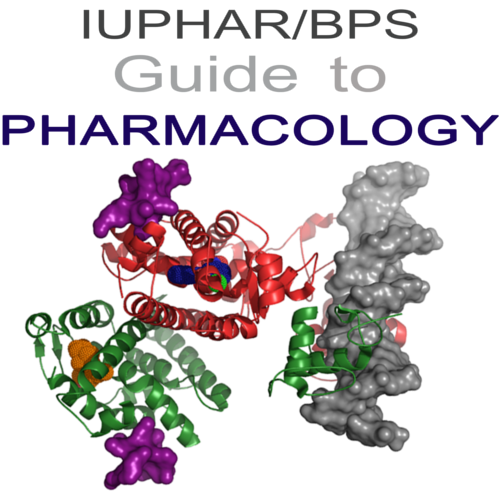Orexin receptors in GtoPdb v.2023.1
Abstract
Orexin receptors (nomenclature as agreed by the NC-IUPHAR Subcommittee on Orexin receptors [43]) are activated by the endogenous polypeptides orexin-A and orexin-B (also known as hypocretin-1 and -2; 33 and 28 aa) derived from a common precursor, preproorexin or orexin precursor, by proteolytic cleavage and some typical peptide modifications [117]. Orexin signaling has been associated with regulation of sleep and wakefulness, reward and addiction, appetite and feeding, pain gating, stress response, anxiety and depression. Currently the orexin receptor ligands in clinical use are the dual orexin receptor antagonists suvorexant and lemborexant and daridorexant, which are used as hypnotics, and several dual and OX2-selective antagonists are under development. Multiple orexin agonists are in development for the treatment of narcolepsy and other sleep disorders. Orexin receptor 3D structures have been solved [146, 144, 55, 126, 47, 109, 7, 145].

This work is licensed under a Creative Commons Attribution-ShareAlike 4.0 International License.










